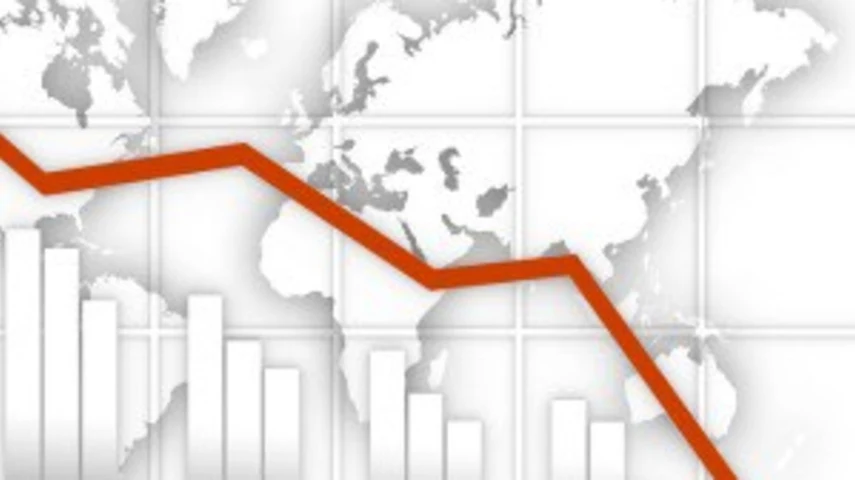Subscale funds negatively affect 1.7m members



A member of a subscale superannuation fund could be potentially $170,000 worse off than a member of a best performing fund because of the current industrial system, according to the Financial Services Council (FSC).
Using Australian Prudential Regulation Authority (APRA) and modern awards data, an analysis by the FSC found subscale funds managed $94 billion and left up to 1.7 million members potentially hundreds of thousands of dollars worse off in retirement.
The FSC said subscale funds made up 153 (30.2 per cent) of modern award superannuation listings and 33 funds managed less than $10 billion in funds. The average performance of the 33 funds over 10 years was 4.5 per cent.
The FSC said this was 0.8 per cent lower than the average 5.3 per cent performance of all ‘growth’ options in the market for both industry and retail funds, and 1.4 per cent lower than the performance of the best performing MySuper products.
The weakest performing fund returned 2.7 per cent over 10 years, managed less than $1 billion, and was listed in two modern awards.
FSC chief executive, Sally Loane, said: “If this many Australian workers were enabled by law to languish in poorly paying jobs with working conditions way below their peers, for as long as 40 years, there’d be outrage across the entire community”.
“So, we shouldn’t tolerate a system which leaves people in superannuation funds delivering significantly poor returns, for years and years,” she said.
“Many can’t change funds because of the current industrial laws governing default super, and many are chronically disengaged and disinterested. Either way, the system needs to change if the policy is going to work for all Australians.”
Loane said the prevalence of subscale funds in the default system was a major public policy issue that need to be addressed given the negative impact on consumers’ financial outcomes.
The FSC’s submission to the Productivity Commission on the competitiveness and efficiency of the super system recommended a model that allowed consumers to exit underperforming, subscale funds and switch to a fund regardless of whether it was a retail or an industry fund, which would deliver stronger returns and a more comfortable retirement.
Recommended for you
ASIC has commenced civil penalty proceedings in the Federal Court against superannuation trustee Diversa Trustees, regarding the First Guardian Master Fund.
The winners have been announced for the 2025 Super Fund of the Year Awards, held in Melbourne on 26 November by Money Management's sister brand Super Review.
Data and technology provider Novigi has acquired Iress’ superannuation consulting and managed services business from Apex Group.
AMP is to launch a digital advice service to provide retirement advice to members of its AMP Super Fund, in partnership with Bravura Solutions.










